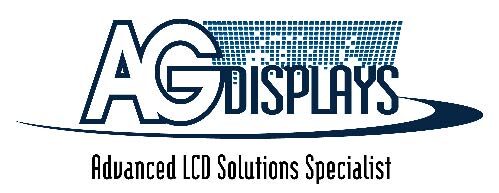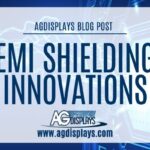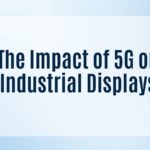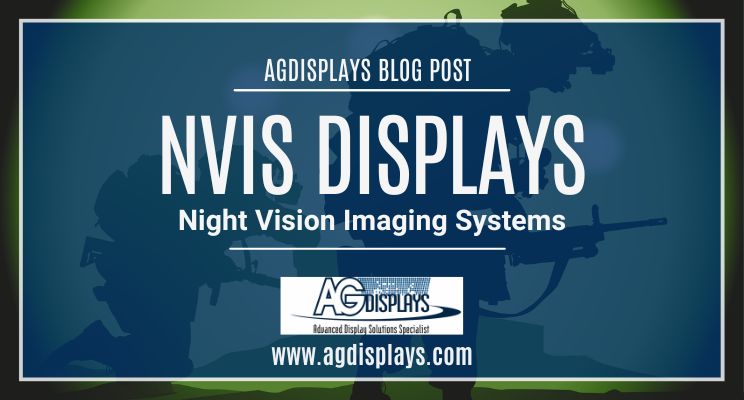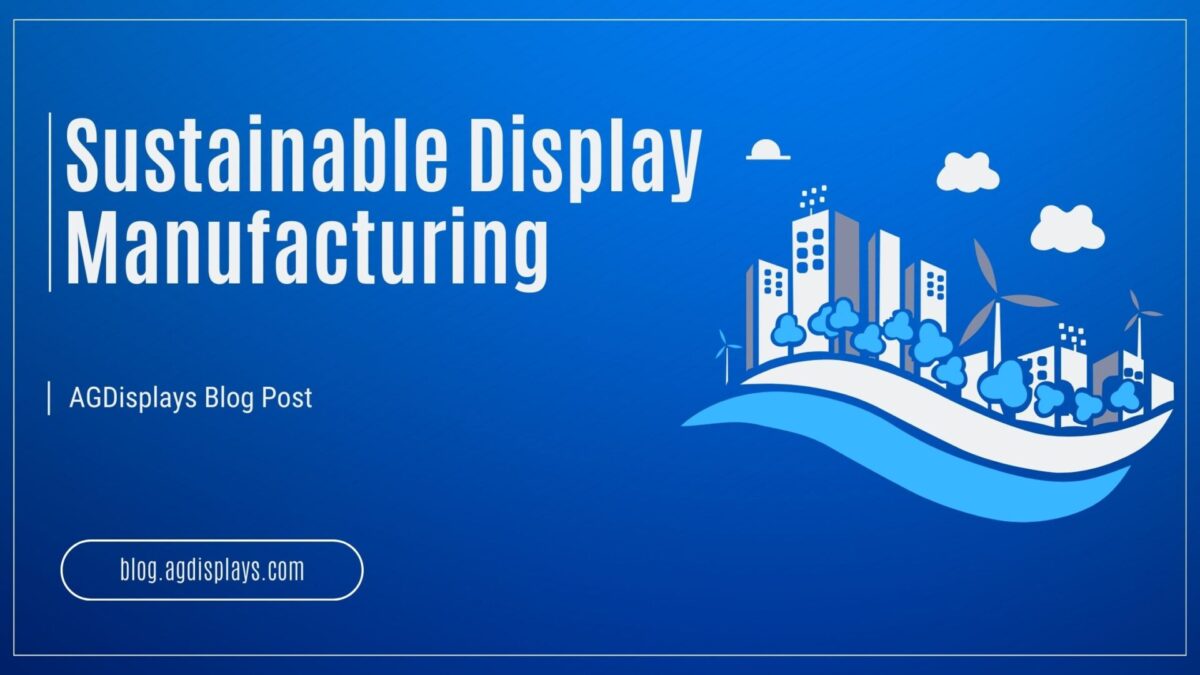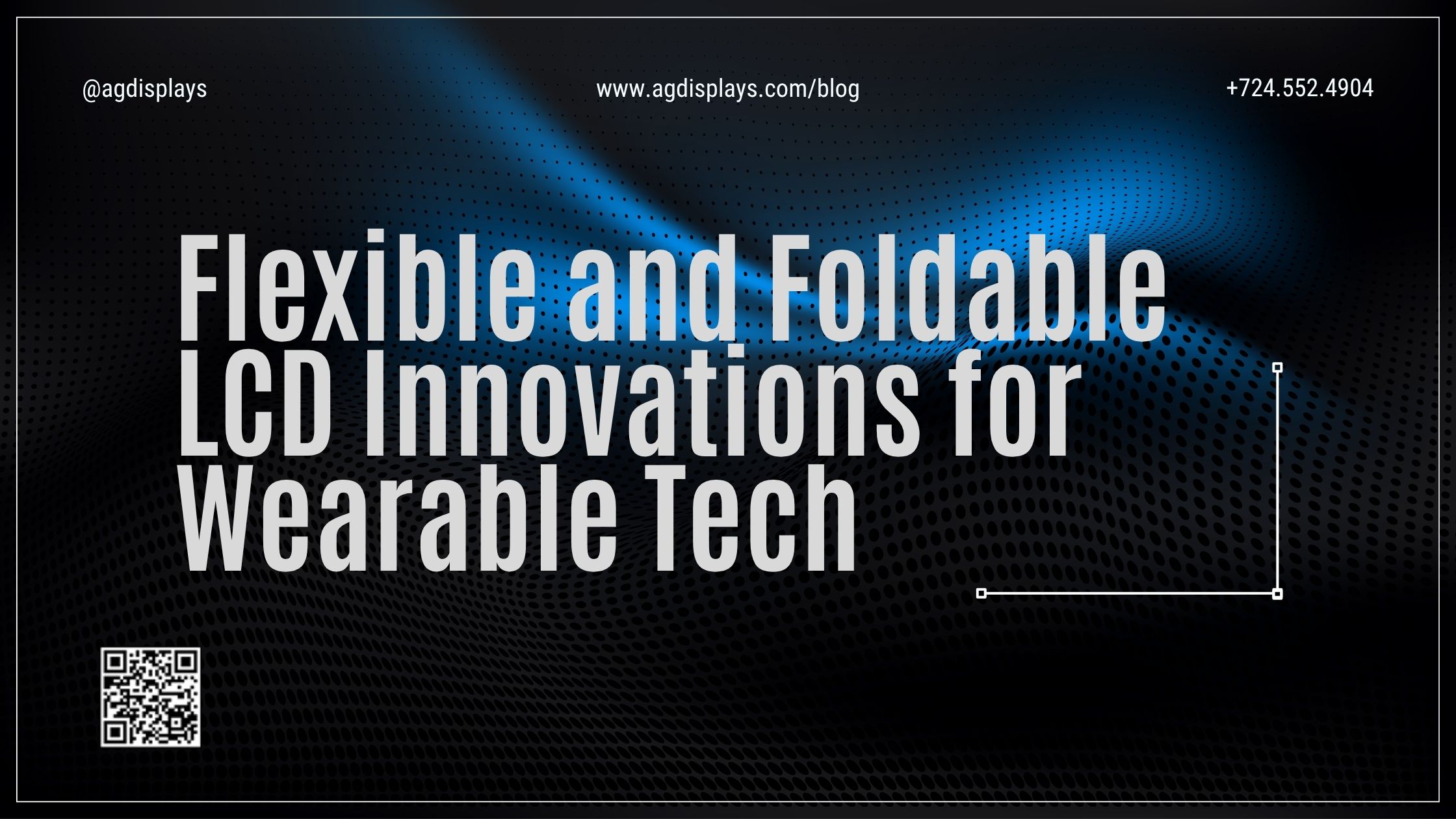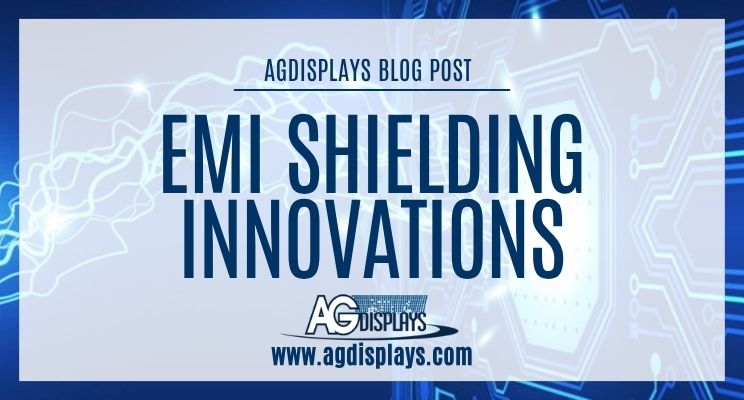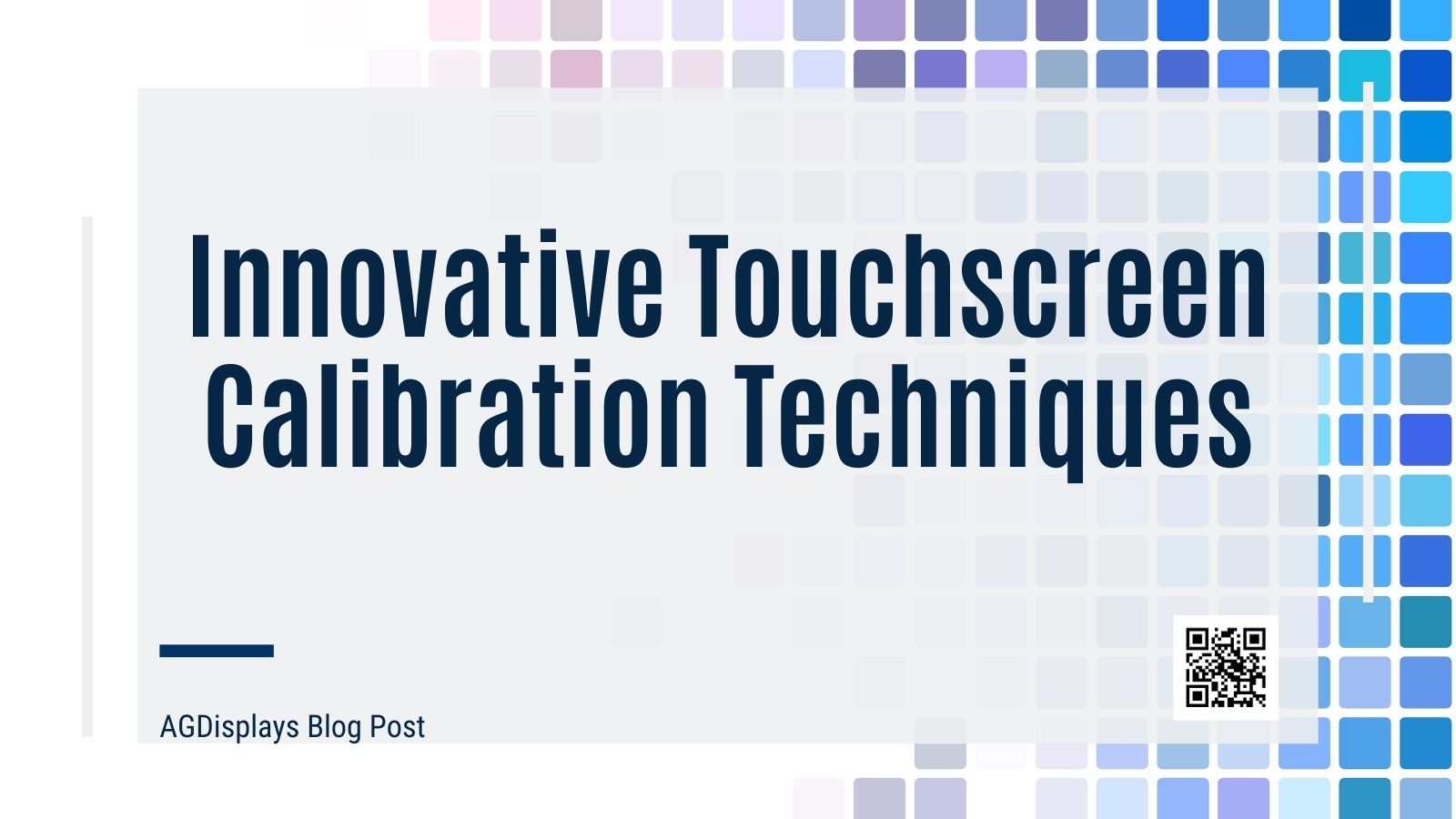What Is NVIS?
NVIS, or “Night Vision Imaging System”, is a piece or group of equipment that permits the user to safely see and operate in night-time and near-dark environments. As defined on the AGDisplays website; “Night vision imaging systems (NVIS) are systems that use image intensifier tubes to produce an enhanced image of a scene in light conditions too low for normal navigation and pilotage.” Often used during designated hours between sunset and sunrise, this type of equipment can include night-vision goggles (NVG), wavelength-specific lighting (such as overhead or cabin lights), and — in keeping with the scope of this article — night vision displays. NVIS uses infrared light, as well as non-visible photons, instead of visible light, to relay information to the user. An NVIS display is a necessary night-vision component because standard LCD and CRT monitors are not compatible with other night-vision equipment. This is because standard displays and monitors are simply too bright and emit too much infrared radiation to be reliably combined with other night-vision equipment. For example, a standard display when viewed through a pair of night vision-goggles, would look like a blinding, washed out, white glare of light. Without NVIS specific displays, ambient light produced by the display and other nearby lighting would overwhelm any intended view from the NVG.
Who Uses NVIS?
NVIS is primarily used in military and law enforcement applications, and can be found in aviation and marine environments. Usually found in aircraft cabins, ship bridges, and stealth operations, NVIS is also increasingly being used in consumer applications like hunting and home security. According to the U.S. Department of Homeland Security, night-vision operators are often using the technology to assist in night-time surveillance, search and rescue, and cover operations.
Types of NVIS
NVIS devices are subject to strict governmental requirements, so that they will be able to interface and combine with other night-vision equipment. Because military equipment is often procured through commercial suppliers (part of a doctrine known as the Perry Directive), the Department of Defense has put forth an interface standard, also known as a Military Standard, for Lighting, Aircraft, and NVIS Compatible equipment.
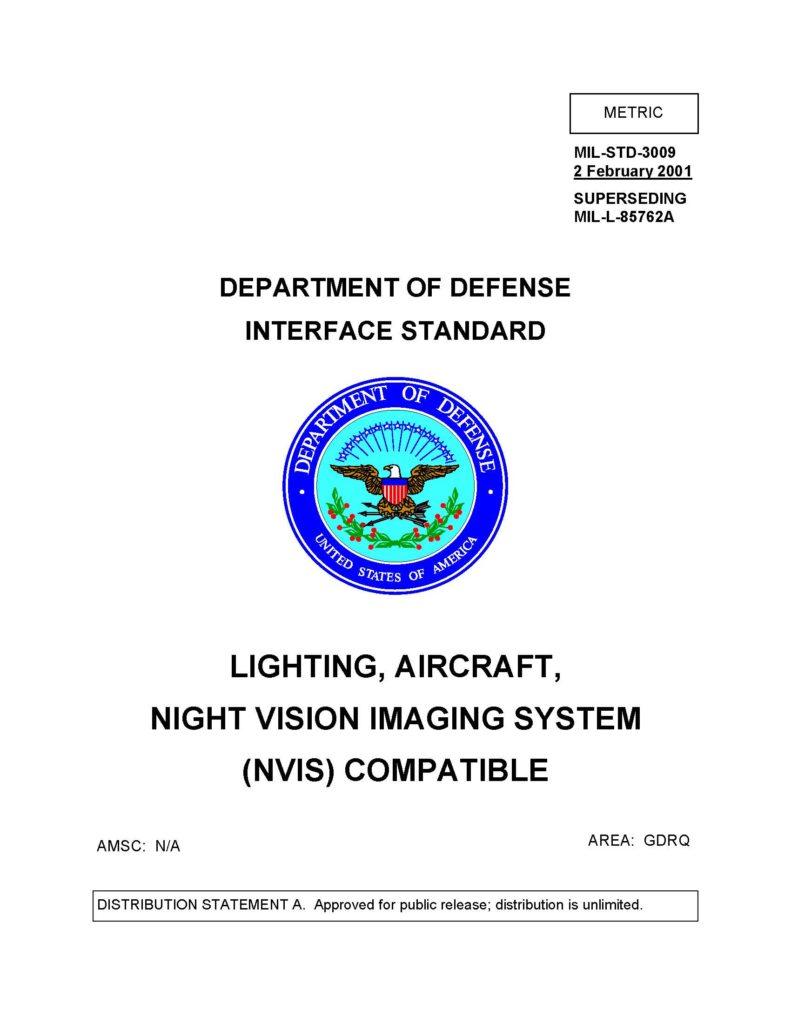
NVIS MIL Standards
The current NVIS standard is MIL-STD-3009, which was published in 2001. The document provides the interface and performance requirements, as well as testing methods, to ensure uniform NVIS lighting systems. This standard replaces an older document, with the intention of honing the scale of requirements, by excluding earlier rules on NVIS design methodology. This allows for more devices to potentially meet the standards, especially consumer devices which may not have been originally designed for NVIS purpose (such as enhanced NVIS displays created from off-the-shelf-modules).
Read More About NVIS Integration: LCD Display Night Vision (NVIS) Design and Integration
Compatible Vs. Compliant
There are two main descriptions for the quality of an NVIS device: compatible and compliant. Compatible is a less strict interpretation of the NVIS requirements and means that the device will “mostly” work with other night-vision equipment. Compliant is a more literal interpretation of the MIL-STD-3009 and means that a device must strictly meet the requirements in the document.
Type I, II, Class A, B, C
NVIS classes and types are determined by the other type of lights being used in conjunction with the night-vision system.
Type I
Type I NVIS, otherwise known as “Direct View” NVIS, is an “intensified image on a phosphor screen in the user’s direct line of sight.” This would be the direct image that the user sees through the eyepiece of the goggles or scope of the night-vision device.
Type II
Type II NVIS is a projected image displayed on a see though medium in the user’s line of sight. This would typically be a display, HUD or helmet mounted image, so that the NVIS image and surrounding environment can be viewed simultaneously.
Class A
Class A NVIS is specifically incompatible with red lights, so all incoming red light will be misinterpreted by the NVIS system. Class A NVIS does, however, permit the use of blue, green and some yellow. Class A is common for viewing equipment such as single color rotary dials and natural environments.
Class B
Class B NVIS emits wavelengths up to 665 nm which permits the use of some red lighting. Class B NVIS is most common for multi-function displays such as LCD displays and dials or instruments with multi-color functions.
Class C
Class C or “leaky NVIS” is closer in specification to Class B NVIS. Class C NVIS, however, has a “notch” integrated into its wavelength spectrum to allow viewing of only very specific red light wavelengths. Class C NVIS is mostly used for HUD displays, so that specific HUD symbols and graphics can be seen.
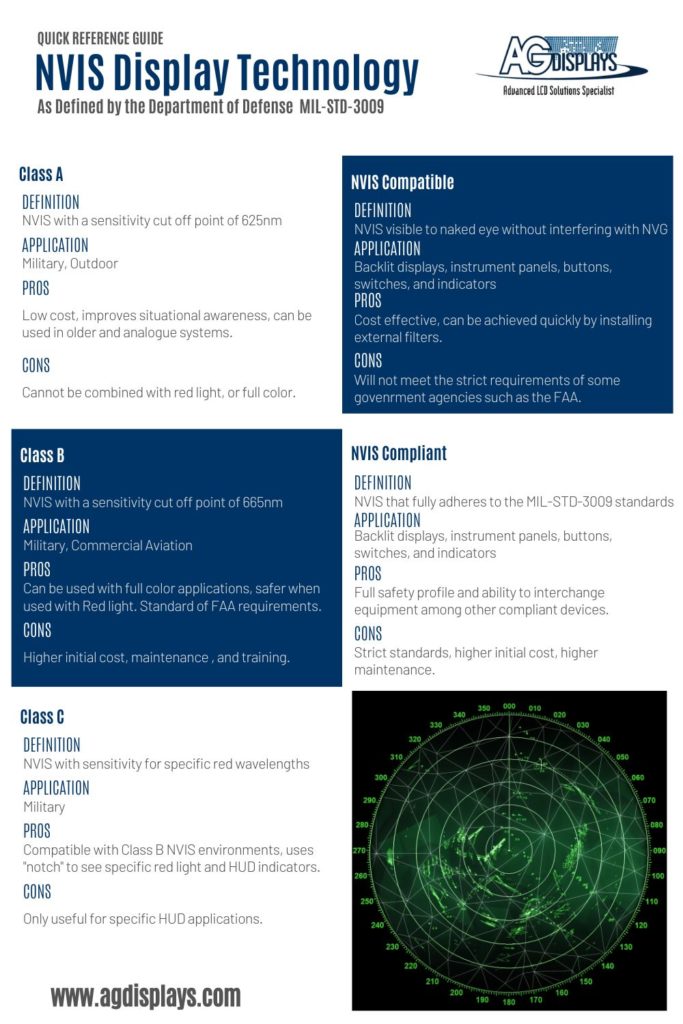
NVIS Displays
An NVIS display is an LCD that has been equipped to function in conjunction with other NVIS equipment, including night-vision goggles and lighting. NVIS displays are usually found in aircraft cockpits, ship bridges, and military vehicles. NVIS displays are generally categorized as NVIS compatible, and are comprised of commercially available LCDs integrated with enhancements such as NVIS filtered LEDs, or NVIS filtering film layers.
NVIS LEDs
NVIS LEDs are a simple solution to creating an NVIS compatible environment. As a “drop-in” enhancement, NVIS LEDs can also be used in instrument clusters, indicators, panels, buttons & switches, and single lamps. When used as a backlight for an LCD display, NVIS LED lit displays are generally considered NVIS compatible. They are more durable than traditional displays, and use less power due to their lower luminance requirements.
There are a few methods to developing an NVIS compatible LED. NVIS single lenses can be used to individually cap LEDs, so that they output NVIS filtered light. Similarly, a one-piece bar-shaped NVIS lens can filter the entire backlight at once.
Dual Mode NVIS:
A dual mode NVIS backlight is a backlight system that consists of two distinct light sources that operate independently of each other. The first backlight is a day-mode, or high-bright, light source, which allows a display to be viewed with maximum clarity in highly illuminated ambient environments, such as direct sunlight. The second backlight source is a low-light NVIS compliant rail, that can have Class A or B filters, and can be dimmed to 1 cd/m² or less. In NVIS mode, the display can reliably be viewed in pitch-dark environments through Night Vision Goggles. NVIS compliant dual-mode backlight systems provide enhanced unit life and reliability, plus a dimming capability ranging from full brightness to almost zero nits, and allows the user to switch from normal LCD to NVIS mode and operate both functions, independently/as needed
Front Filtering NVIS
There are a few options beyond NVIS LED integration to create an NVIS compliant or compatible display. Full Front NVIS is an adhesive backed, passive, and removable solution that incorporates NVIS compliant or compatible film laminated on the outside of the LCD screen, or added to a coverglass layer. Acrylic or plexiglass filters can also be permanently bonded to the front of the display to add ruggedness and NVIS compliance. Front filtering NVIS layers are a convenient solution to quickly adding NVIS compatibility to a consumer device such as a tablet or laptop. However, unlike a dual-mode solution, front filtering NVIS layers do not allow for separate day and night-time use.
Touchscreen and Coverglass Integration
NVIS displays can be made touch-capable with the addition of a resistive or capacitive touch. With the addition of a touchscreen, a display can be ruggedized beyond normal capability, by pairing the display and touch with an optical bond. Bonding can prevent coverglass shattering, add protection from water/dirt and increase optical clarity.
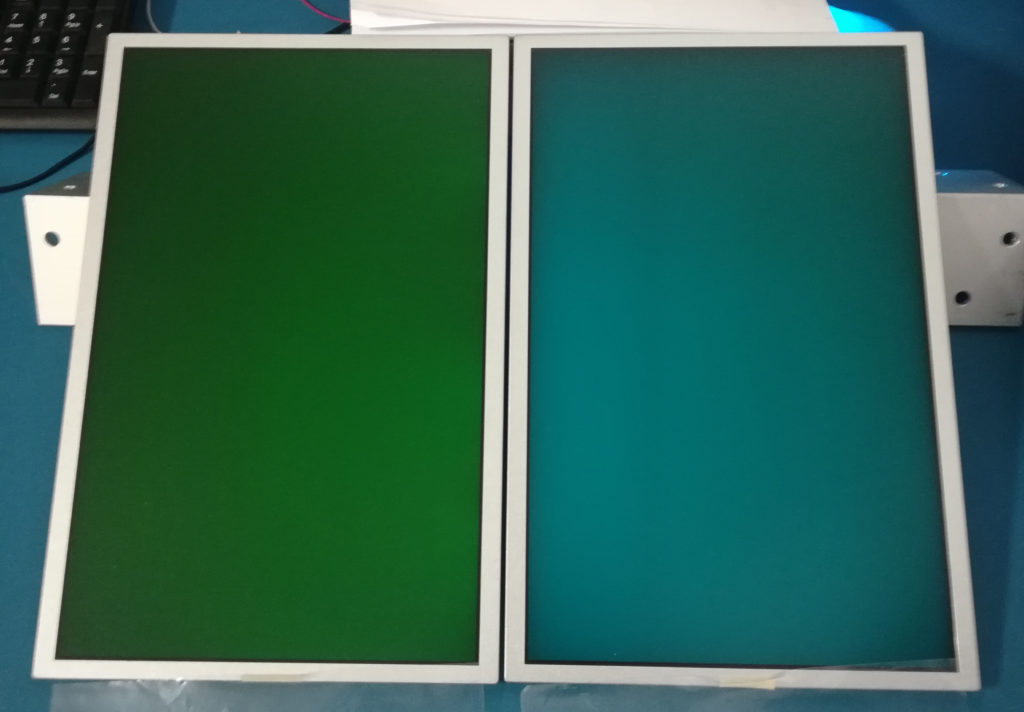
Proprietary NVIS Methods
AGDisplays has developed and maintained multiple in-house and proprietary NVIS solutions for displays of all sizes. Our most popular NVIS display solution is our rugged and reliable dual-mode NVIS backlight, which offers High-bright LED integration along with a separately controllable secondary NVIS compliant or NVIS compatible LED backlight system. This solution offers a full color display that can be used in direct sunlight and during daytime operations, while seamlessly transitioning to night-time use through fully dimmable LED technology. When used in day mode, our dual-mode NVIS display can reach luminance levels of 1500 nits or more. While in night mode, our backlight produces < 1 nit of luminance and can be safely viewed through NVG equipment. For a display where a dual-mode solution is not required, we have also developed a proprietary internal NVIS filtering solution that incorporates a separately controllable NVIS filtering layer integrated into the internals of the display.
